Breadcrumb
Hama seized by Syrian rebels: Why it’s important and what next?
On Thursday the Syrian city of Hama was captured by opposition forces following days of intense clashes in the Hama countryside which followed a lightning rebel offensive across northwestern Syria.
Hama is the second major Syrian city to fall following the rebel seizure of Aleppo on Friday and many other towns and villages in the country's northwest.
Amid the quick advance, which has caught the whole Middle East by surprise, The New Arab takes a look at the significance of the city as well as its historical importance as a hotbed for anti-Assad activity.
Hama massacre of 1982
Through the late 1970s and early 80s, the Syrian regime under President Bashar al-Assad's father Hafez was fighting an insurgency against Islamist rebels, which culminated in an uprising in Hama in February of 1982.
In a bid to quell the uprising the regime's military, led by Bashar's uncle Rifaat al-Assad launched a military campaign which saw the large scale use of aircraft and artillery against civilian neighbourhoods, followed by a ground offensive
Up to 40,000 people are estimated to have been killed in the Hama Massacre, with Rifaat, who later went into exile in Europe being widely labelled the "Butcher of Hama".
In March, Rifaat was charged by Switzerland's attorney general with carrying out war crimes and crimes against humanity.
2011 civil uprising
When pro-democracy protests broke out across Syria in March 2011, Hama also experienced a large-scale uprising against the regime, with tens of thousands of residents taking part.
The protests in Hama generated some of the most notable scenes of the 2011 uprising.
This includes revolutionary song "Yallah Erhal ya Bashar", translated into "Come on, Bashar, leave", which was widely thought to be composed by Ibrahim Qashoush, although there has been some dispute about its origins.
Protests in the city culminated in July 2011, with reports of half a million people in Hama coming out to protest on 1 July chanting anti-regime slogans.
With the large size of protests in Hama, on 31 July the regime deployed its army in force to the city's streets, with around 100 people being killed on the day as part of the crackdown.
Homs and beyond
Hama not only has an important history, but is a strategic location.
With the fall of Hama to the rebels, the door is now open to another major city, Homs, which sits on the Aleppo-Damascus M5 highway.
Unlike Hama, Homs saw pitched battles between rebels and the regime for several years following initial protests, which first broke out around the city's main clocktower.
Homs is a particularly strategic city for the regime, lying at an intersection between Syria's capital Damascus and the coastal provinces of Tartus and Latakia, where many of the regime's supporters, as well as Russian naval and airbases are.
The fall of Hama, like Aleppo, represents another blow to the regime's standing after the loss of Aleppo, reversing widespread perceptions that the regime had won the conflict which broke out in 2011 after the suppression of residents.
It is also likely to spark further anti-regime actions, including both civil protests and armed uprisings.
In the southern Syrian province of Daraa, former rebel fighters have begun attacking regime positions. Daraa had been retaken by the regime with support from the Russian air force in 2018, with many rebels accepting a Russian-backed reconciliation deal to stay in the province.
In neighbouring Suwieda, a majority Druze province, anti-regime protests which have been ongoing since 2023 have been spurred by the rebel victories and are also likely to continue amid military pressure on the regime.
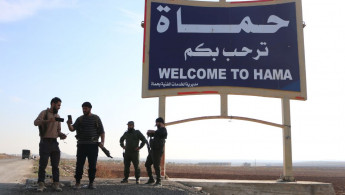
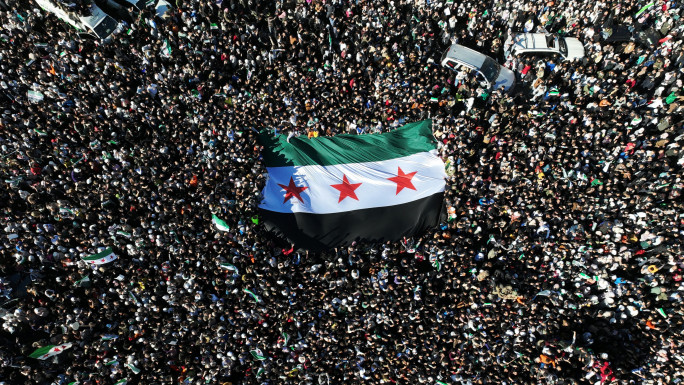
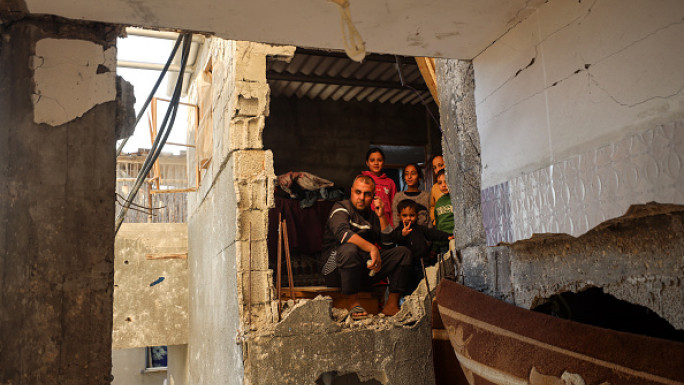
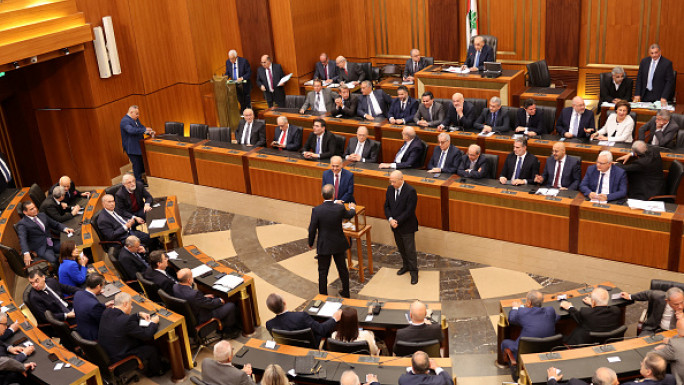
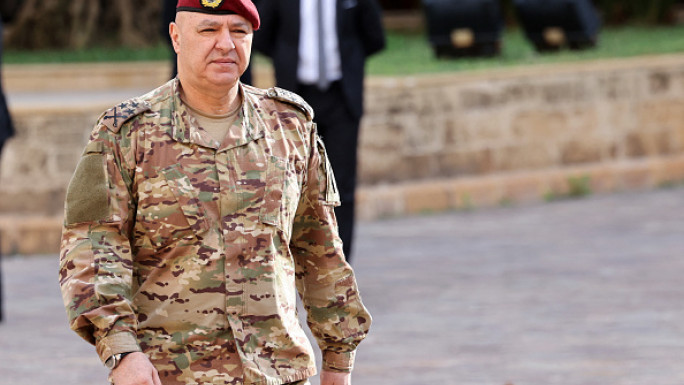
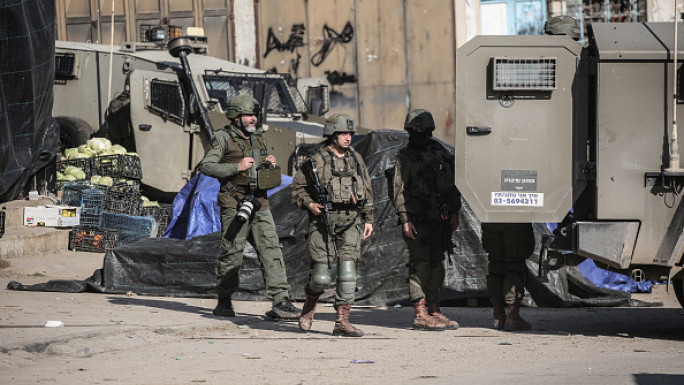
![Anthony Blinken speech [Getty] Anthony Blinken speech [Getty]](/sites/default/files/styles/image_684x385/public/media/images/6263436E-8ACD-4D3C-9055-25A7BE79DD5A.jpg?h=d1cb525d&itok=fLHmHCRG)
 Follow the Middle East's top stories in English at The New Arab on Google News
Follow the Middle East's top stories in English at The New Arab on Google News
![French President Macron [Getty]](/sites/default/files/styles/image_330x185/public/2192150629.jpeg?h=a5f2f23a&itok=_lRlOebg)
![Gaza death toll [Getty]](/sites/default/files/styles/image_330x185/public/2192491071.jpeg?h=a5f2f23a&itok=1V9vL9X5)
![Koutoubia Mosque, Marrakech [Getty/file photo]](/sites/default/files/styles/image_330x185/public/599585491.jpeg?h=ccb8d0fb&itok=Ov05vBAW)